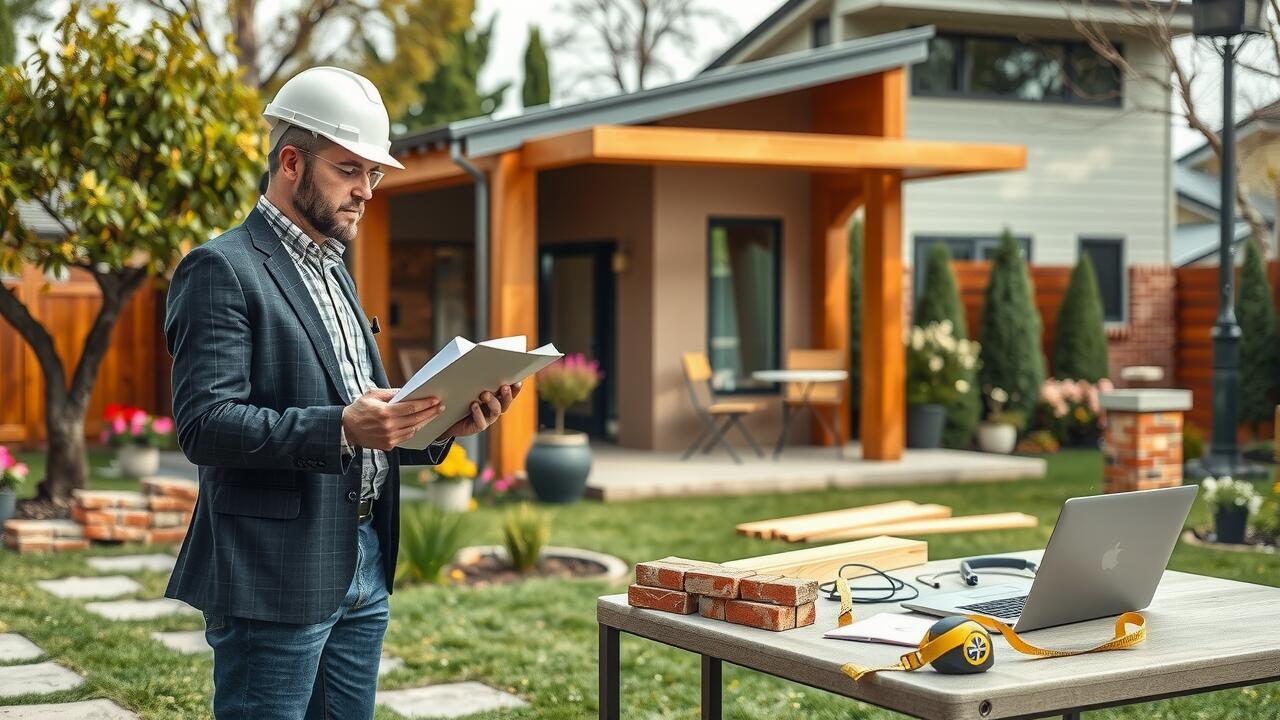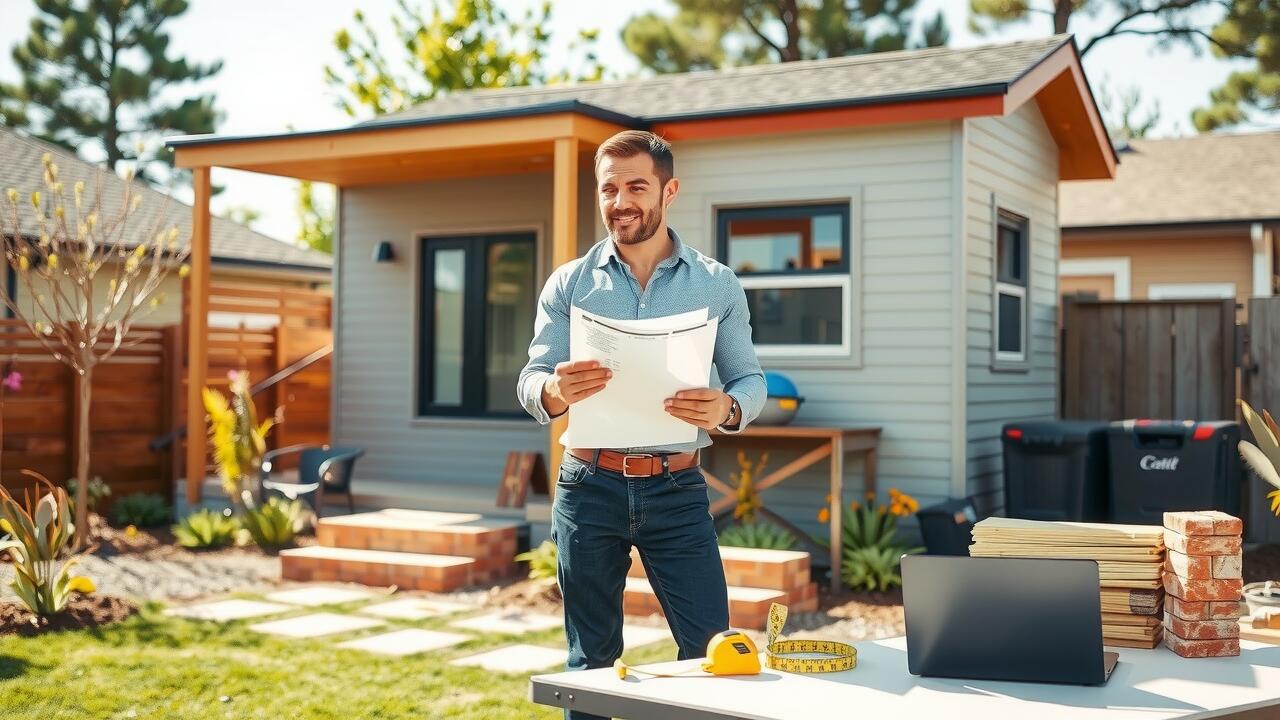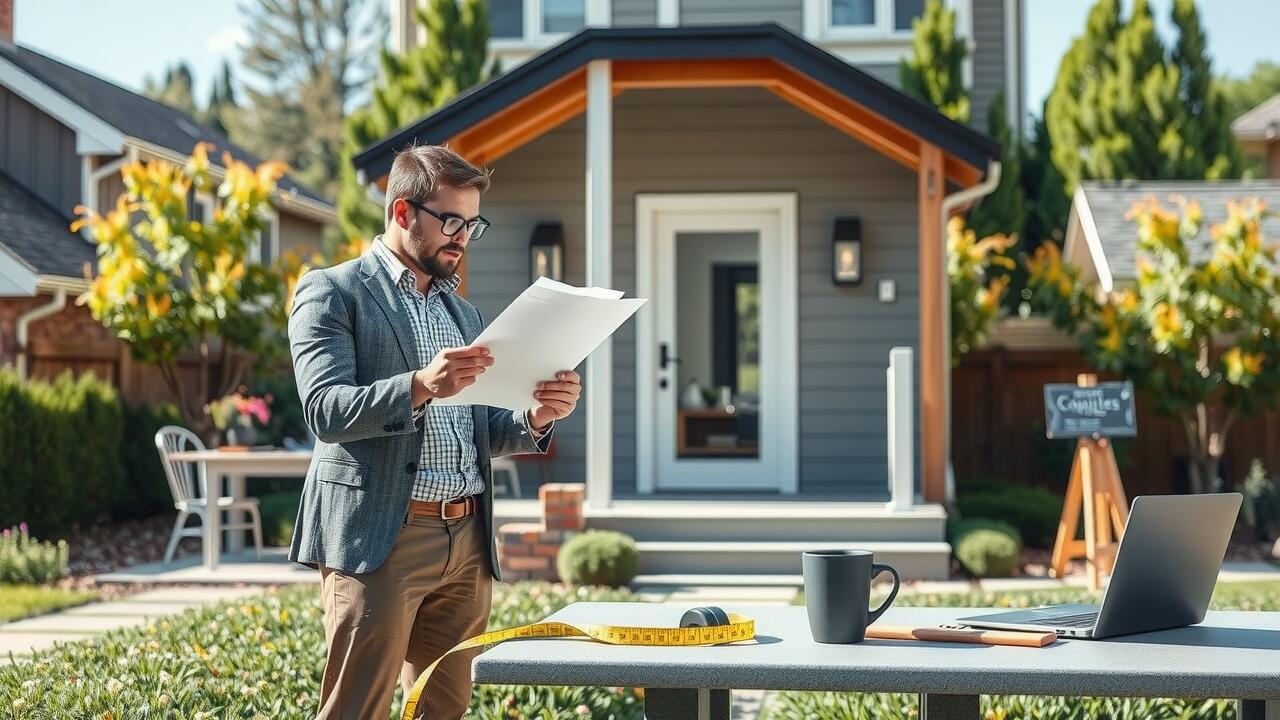
Table Of Contents
Cost Factors for ADU Construction
The cost of constructing an ADU in Elayon, Santa Clarita can vary widely based on several factors. Materials used play a significant role in determining overall expenses. High-quality finishes and eco-friendly materials might increase upfront costs but can lead to long-term savings in energy efficiency. Labor costs also fluctuate depending on the contractor’s expertise and the complexity of the construction project, influencing the final budget.
Additionally, land costs and site preparation must be factored into the overall expenses of an ADU. The availability of utilities and existing infrastructure impacts the amount needed for connecting services such as water and electricity. As local regulations can lead to additional fees and requirements, it is essential for homeowners to account for these variables when planning their ADU project in Elayon, Santa Clarita.
Budgeting and Financing Options
When considering the budget for an ADU in Pardee, Santa Clarita, it is essential to account for various factors that can influence overall costs. These factors often include the size and design of the unit, materials chosen for construction, and labor expenses. Homeowners should also keep in mind additional costs related to landscaping, utilities, and potential modifications necessary to meet local building codes.
Financing options for an ADU in Pardee, Santa Clarita, can vary significantly, ranging from home equity loans to personal loans. Many residents explore government-backed loans or programs that support accessory dwelling units. Researching local grants or incentives may also provide financial relief and encourage sustainable building practices. Understanding these options can help homeowners to make informed decisions that align with their financial capabilities and long-term goals.
Local Regulations and Permits
Navigating local regulations and permits is crucial for anyone looking to build an ADU in Santa Clarita. The city imposes specific guidelines regarding zoning, setbacks, and design criteria that must be adhered to. Before commencing construction, homeowners need to familiarize themselves with these requirements to avoid potential delays. Engaging with a contractor who understands the local landscape can streamline the permitting process and ensure compliance.
Compliance with Santa Clarita regulations is not just about meeting criteria; it also reflects the city’s commitment to maintaining community standards. Homeowners planning an ADU in Santa Clarita should be prepared to submit detailed plans and possibly attend hearings if there are variances involved. Understanding the municipal framework is essential, as it influences the project timeline and overall budget. Being proactive in addressing these regulations can lead to a smoother building experience.
Compliance with Santa Clarita Guidelines
Building an ADU in Honby, Santa Clarita requires compliance with specific local regulations and guidelines. These regulations dictate various aspects, including zoning, design, and size requirements. Homeowners must ensure that their plans align with the Santa Clarita Municipal Code, which sets forth parameters for the construction of accessory dwelling units. Engaging with the local planning department early in the process can help clarify necessary steps and avoid potential roadblocks.
Permits are a crucial part of the construction process. Obtaining the appropriate permits for an ADU in Honby, Santa Clarita ensures that the project is executed within legal boundaries. This may include site plans, elevations, and specific engineering reports that demonstrate adherence to safety and environmental standards. Homeowners should be prepared to submit these documents along with their applications to facilitate a smoother approval process and achieve a successful build.
Sustainable Building Practices
Homeowners increasingly seek sustainable building practices in the construction of accessory dwelling units. Emphasizing energy efficiency and environmentally friendly materials, these practices not only reduce the carbon footprint but also enhance the long-term viability of the structures. Building an ADU in Elayon, Santa Clarita, offers an opportunity to incorporate solar panels, energy-efficient appliances, and sustainable insulation materials. Such investments may lead to significant savings on utility bills while positively impacting the local environment.
Local contractors specializing in ADU construction often provide options for eco-friendly designs and materials. Selecting reclaimed wood, low-VOC paints, and water-efficient fixtures can create a healthier living space while aligning with sustainability goals. By focusing on these practices, homeowners can contribute to a more responsible approach to growth in Santa Clarita. A well-constructed ADU not only complements existing structures but also promotes sustainability in the community.
Eco-Friendly Options for ADUs
Incorporating eco-friendly practices into the construction of an ADU in Waltz, Santa Clarita can significantly reduce the environmental impact while enhancing energy efficiency. Utilizing sustainable materials like reclaimed wood or bamboo not only contributes to a lower carbon footprint but also often results in a unique aesthetic. Installing energy-efficient windows and appliances further optimizes energy consumption, leading to lower utility bills and a more sustainable living environment. Solar panels can also be a valuable addition, allowing homeowners to harness renewable energy and decrease reliance on traditional energy sources.
Water conservation measures play a vital role in the sustainability of an ADU in Waltz, Santa Clarita. Implementing low-flow fixtures and rainwater harvesting systems can greatly reduce water usage. Additionally, landscaping with drought-resistant plants not only reduces the need for irrigation but also enhances the beauty of the property. Choosing environmentally friendly building practices not only supports a sustainable future but also increases the overall value of the ADU, making it an attractive option for homeowners and investors alike.
FAQS
What is an ADU?
An ADU, or Accessory Dwelling Unit, is a secondary housing unit on a single-family residential lot. It can be a standalone structure or part of the main house and is often used for rental income, guest accommodation, or housing family members.
What are the typical costs associated with ADU construction in Santa Clarita?
Costs for ADU construction can vary widely based on factors such as size, materials, design, and labor. On average, homeowners can expect to spend between $100,000 to $300,000, depending on these variables and the complexity of the project.
Are there financing options available for building an ADU?
Yes, there are several financing options for ADU construction, including personal loans, home equity lines of credit (HELOC), and specific ADU loans offered by some lenders. It’s advisable to consult with a financial advisor to determine the best option for your situation.
What local regulations should I be aware of when constructing an ADU in Santa Clarita?
It’s essential to comply with Santa Clarita’s zoning laws and building codes. This includes obtaining the necessary permits, adhering to size limitations, and ensuring that your ADU meets safety and environmental standards set by local guidelines.
How can I ensure my ADU is environmentally friendly?
To create a sustainable ADU, consider using eco-friendly materials, implementing energy-efficient systems such as solar panels, and utilizing water-saving fixtures. Consulting with contractors experienced in sustainable building practices can also help you make environmentally conscious choices.


